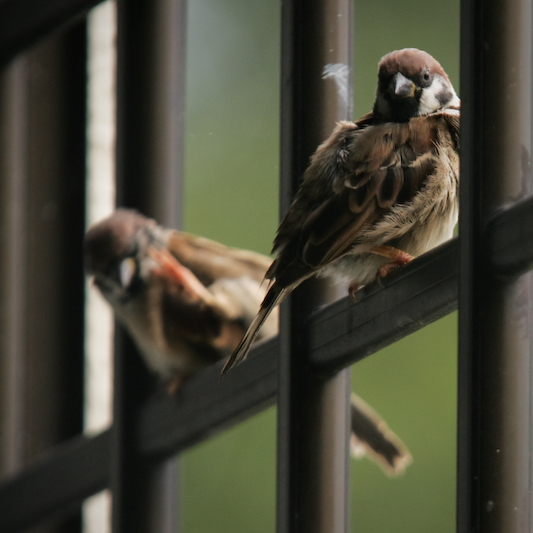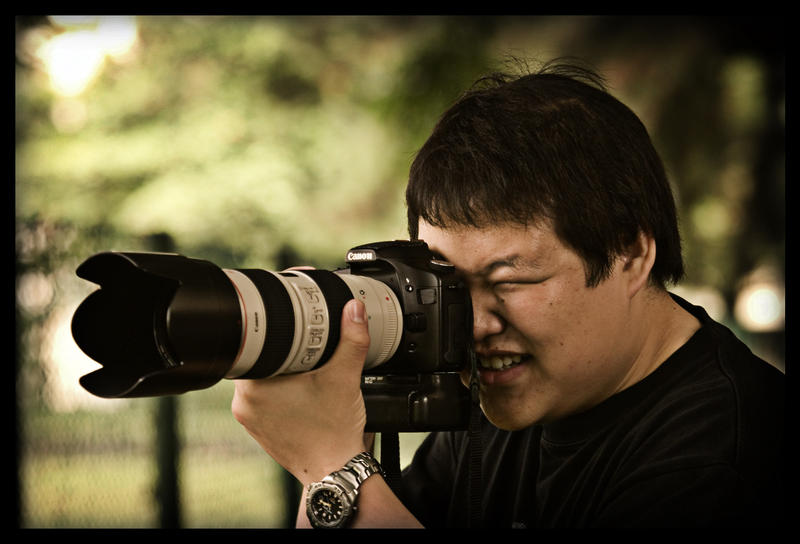I'm fine for handholding lenses up to 300mm. Even doing macros on mine is no problem as u'll require flash coupled with fast shutter speeds.
No lah... flash light is not flattering most of the time. Flash cannot replace IS. You will get the pictures sharp, but they won't be nice most of the time. Not unless you plan for the direction of light to be right... like bouncing it off some wall/ceiling, etc. But we cannot always find a good surface to bounce. Then there is also the problem of temperature. If we shoot in tungsten environment, the flash will intruduce composite lighting... and you will have to spend many hours at photoshop to clean it up (if even possible).
Last edited:






